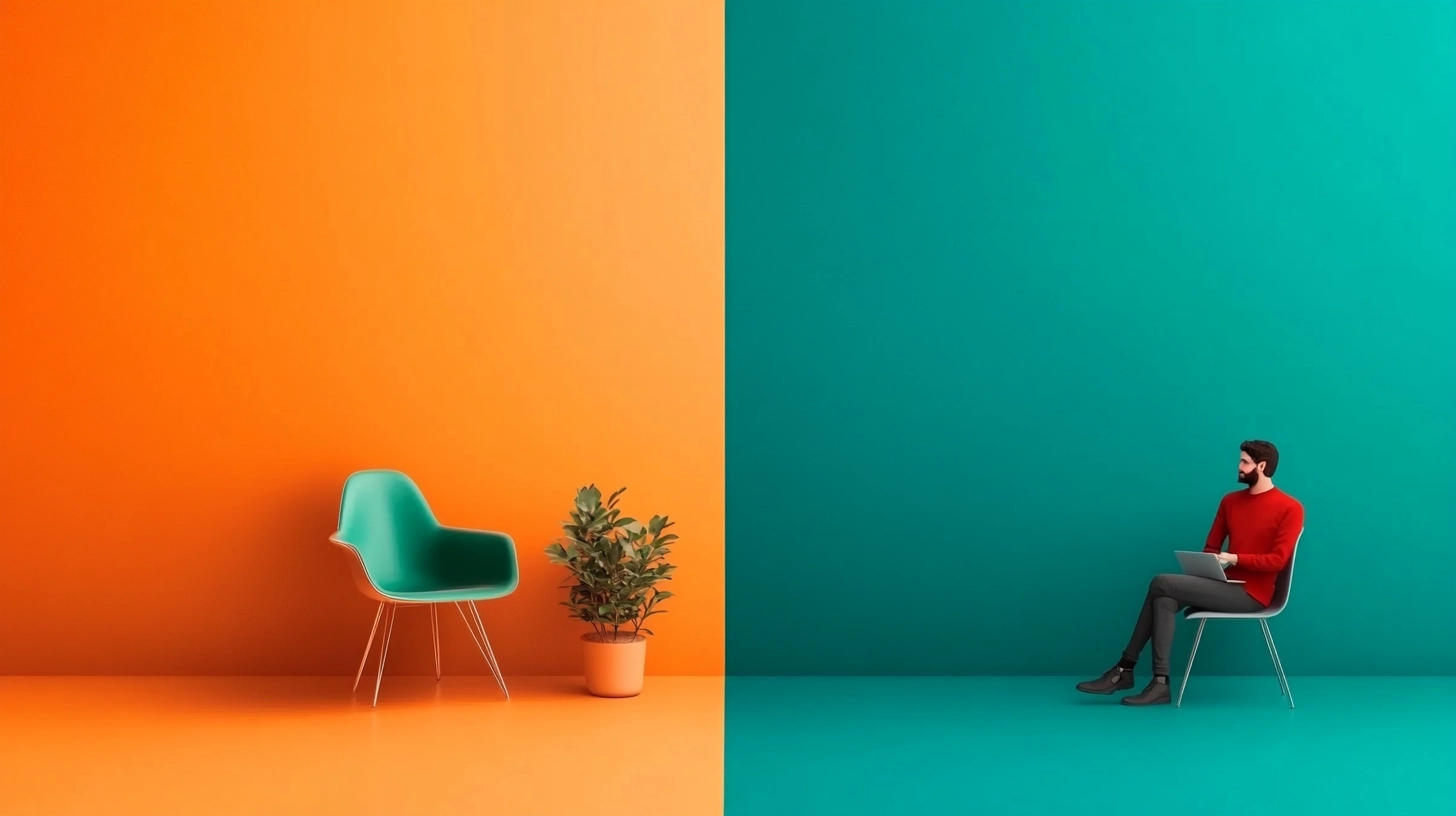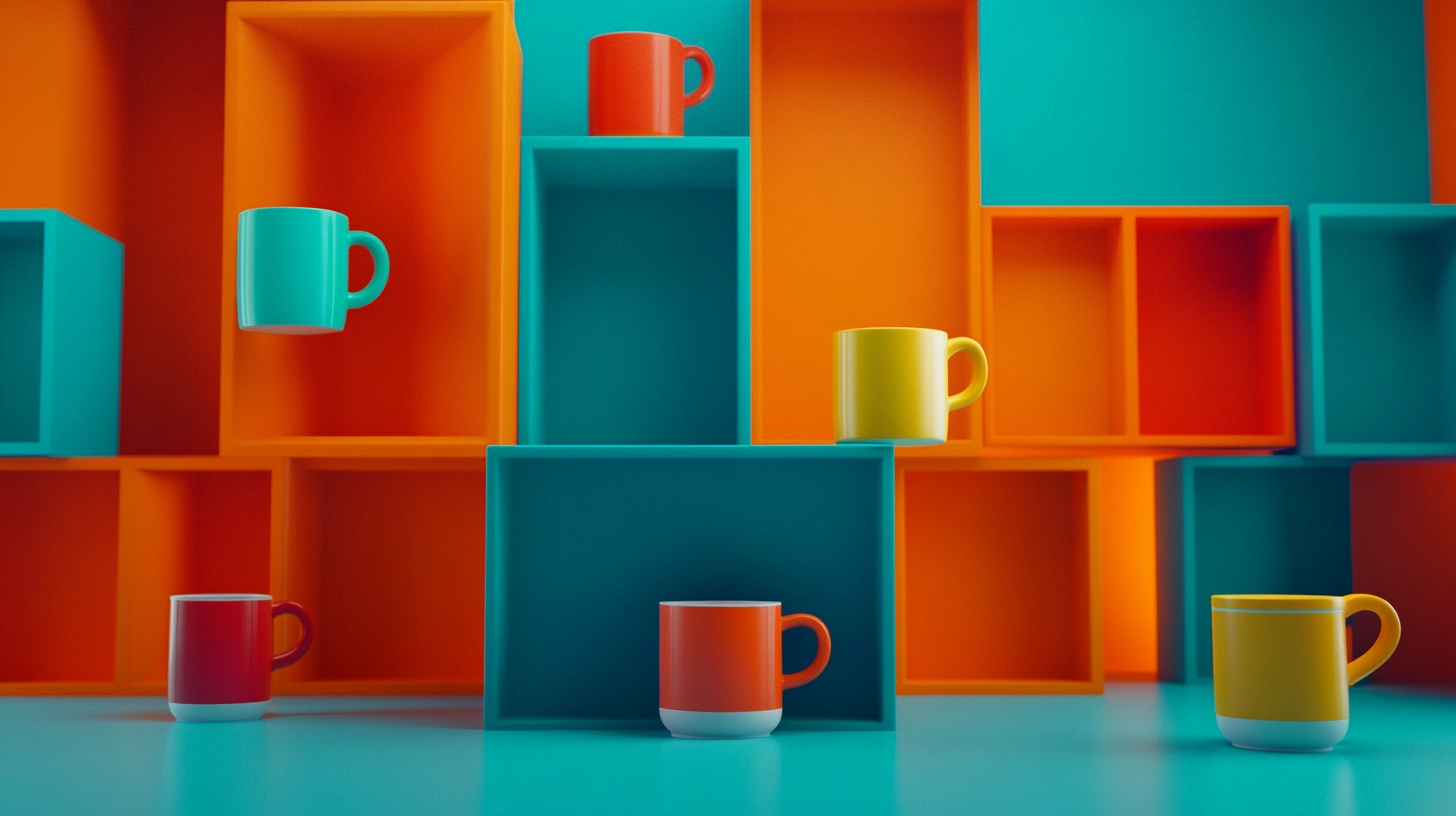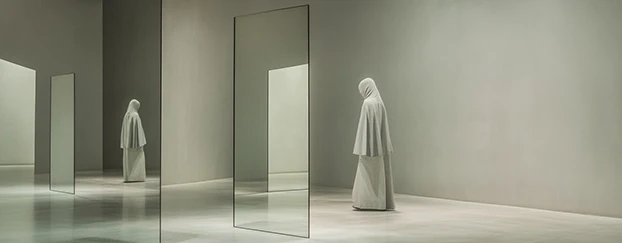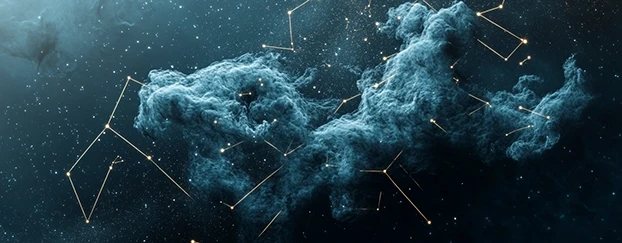
Brands today stand at a crossroads: on one side are designers and marketing teams claiming that only human instinct can truly “feel” a brand’s identity, while on the other, AI branding tools promise data, speed, and consistency no single person can achieve alone. The question is simple: can machines really know your brand better than you do?
In an era where AI graphic design is becoming the standard, it’s no longer about whether you’ll use AI, but how you’ll combine it with human creativity. Below, we explore the line between intuition and algorithm—and why their combination might be the strongest play in modern branding. Start exploring brand-ready assets here: CreativeStock Home.

Brands today stand at a crossroads: on one side are designers and marketing teams claiming that only human instinct can truly “feel” a brand’s identity, while on the other, AI branding tools promise data, speed, and consistency no single person can achieve alone. The question is simple: can machines really know your brand better than you do?
In an era where AI graphic design is becoming the standard, it’s no longer about whether you’ll use AI, but how you’ll combine it with human creativity. Below, we explore the line between intuition and algorithm—and why their combination might be the strongest play in modern branding. Start exploring brand-ready assets here: CreativeStock Home.
Can an Algorithm Understand Brand Emotion?
Brands are more than logos and colors—they are stories, feelings, and associations. Human intuition has long been a cornerstone of building visual identity. Creative directors have relied on gut feeling to decide whether a new logo feels trustworthy or innovative.
Today, however, AI branding tools analyze millions of examples—from market trends to consumer preferences. Software already helps teams understand how audiences react to specific colors, typefaces, or symbols. Still, strategy should stay human-led (Brandigo). Is that enough to “understand” emotion? Partly. AI can predict what people like, but it cannot fully understand why they like it.
The Power of AI Graphic Design: Data, Speed, and Consistency
If you’ve ever worked on a visual identity, you know how time-consuming testing can be. Dozens of versions, endless feedback loops, and countless tweaks.
Here’s where AI shows its full strength. Instead of weeks of guesswork, AI tools bring:
• Mockup generators instantly displaying designs on t-shirts, billboards, or apps (Mockups).
• AI template libraries with ready-to-use brand materials (Templates).
• Audience analysis powered by large data sets, removing assumptions (HubSpot overview).
Imagine you’re a startup with a limited budget. Instead of hiring a team of five for a month, you could test dozens of directions in hours using AI mockup design. This level of speed and consistency is impossible to achieve with human work alone.

When Human Instinct Wins
There are moments when data isn’t enough.
Contextual Decision-Making
Example: AI may suggest using green because audiences associate it with growth and security. But if your biggest competitor already owns that color, human instinct knows better—choosing a different direction could be the bold move that makes your brand iconic.
Human Creativity as Surprise Factor
AI relies on existing data, but designers can create something that doesn’t exist in any dataset. These creative leaps are often what separate a brand that blends in from one that stands out.
The Ideal Combination: AI + Designer = Stronger Brands
The best results come when AI and humans aren’t rivals, but partners.
A Hybrid Branding Workflow
- AI generates a baseline—for example, a minimal business card mockup (Browse Mockups).
- The designer adds a personal touch—a hand-drawn symbol, a unique typeface, or emotional storytelling.
- You iterate quickly with drag-and-drop design mockups and ready assets (Browse Templates). For real-world examples of how teams apply generative AI in branding—from visuals to campaigns—see these mini case studies (MarketerInterview).
Platforms like CreativeStock mockups already show how this works: AI delivers fast, varied mockup visuals, while designers refine them for real-world perfection.
Instead of “AI vs. human,” you get the best of both worlds: speed and data from AI, plus creativity and instinct from people.

Do AI Branding Tools Kill Authenticity?
A common criticism is that “everything starts looking the same.” If everyone uses the same AI templates and mockup engines, how can a brand stand out?
Psychologists remind us that audiences crave authenticity more than ever. People want to feel that real values and real people stand behind a brand—not just algorithms.
The solution is balance: AI accelerates the process and offers a foundation, while humans bring in stories, emotions, and originality that AI cannot replicate.
For examples of how companies are already experimenting with this balance, see these case studies on generative AI in branding.
Conclusion: Who Knows the Brand Best?
The answer: together, they do.
- AI branding tools provide speed, data, and consistency.
- Human instinct provides emotion, originality, and authenticity.
When combined, they create brands that are both smart and sincere, modern yet unique.
If you want to test this balance in your own workflow, explore free AI mockup templates and see how quickly you can craft a professional identity—while still keeping your personal touch intact.



